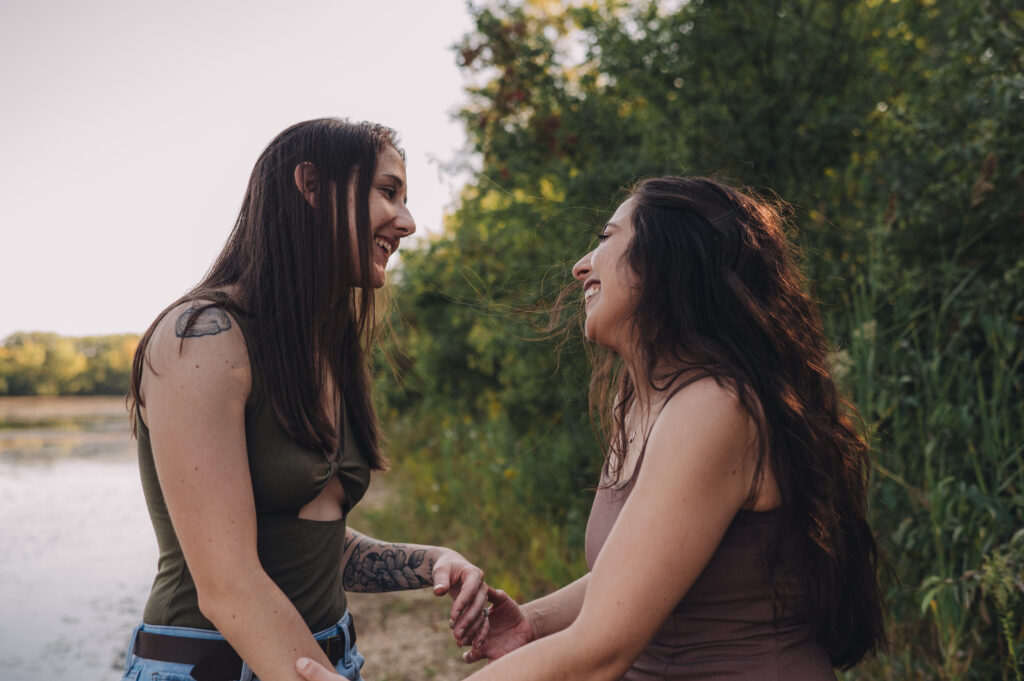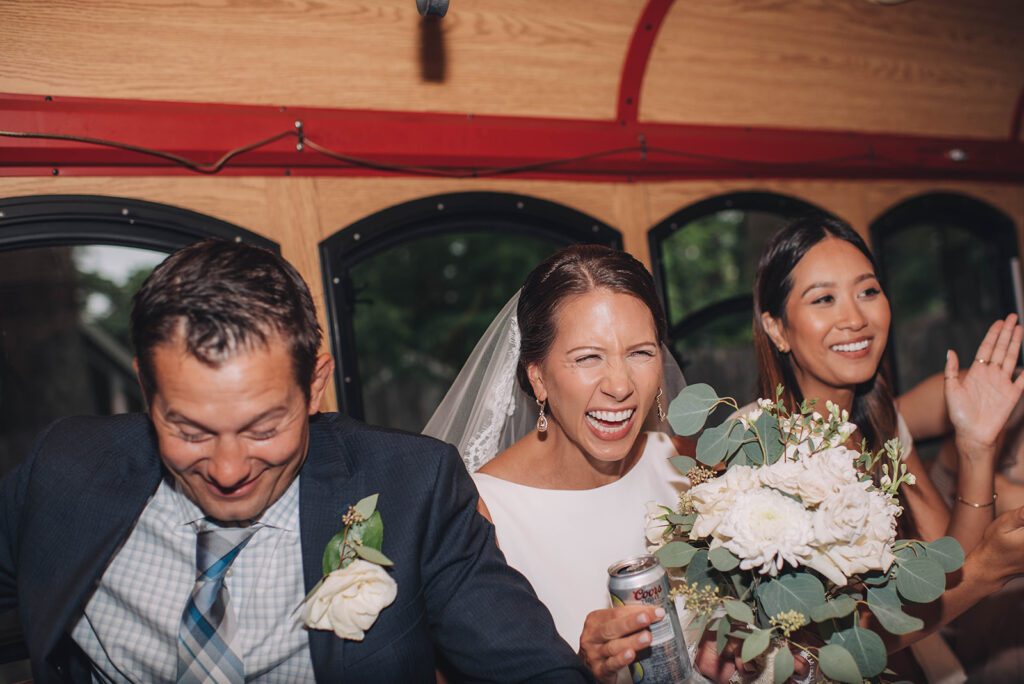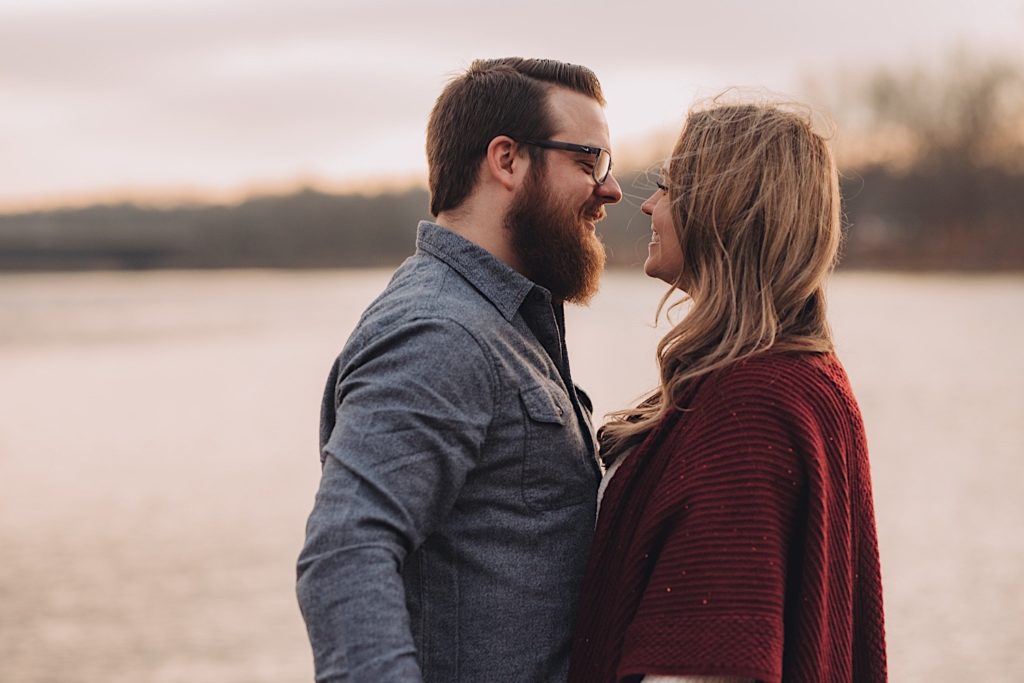When starting your business journey into wedding photography, there are SO many different things to be thinking about. Not only are you learning how to use your camera, and pose your clients, but you’re also in the process of learning everything that goes into running your business. It can be extremely overwhelming, to say the least, which is why I have put together a glossary of some of the terms I use and reference the most as a Chicago wedding photographer.


Wedding Photography Terms I Wish I Knew When Starting
Aperture
The opening in the camera lens that controls the amount of light entering the camera. It’s measured in f-stops (e.g., f/2.8, f/8) and affects depth of field. The more you open your lens, the smaller the number, for example f/1.4 would be a very wide view, but will also have a higher magnification thus letting a lot of light in, and increasing the bokeh around your subject. Closing your lens to say an f/3.0 will decrease the amount of light let into your camera, and create a narrow view, but have less magnification. Thus documenting more of your surroundings and sharpening your subjects.
When working in wedding photography you will want to make sure you know what types of images require different aperatures. You often only have one shot to document the moment. Thus you want to make sure the right portions of it are in focus. To even further understand focal length check out this article by Nikon.
Associate Shooter
An experienced and trusted photographer who works on behalf of the primary photographer or studio. Often hired to cover events, such as weddings, in situations where the primary photographer is already booked or unable to attend. Associate shooters are skilled photographers capable of delivering a consistent style and quality of work. They work under the guidance and brand of the primary photographer or studio. During busy seasons of life for me personally, I like to associate shoot for other brands as I can still document weddings without having to handle the back end of the business.

Blue Hour
The period of time just before sunrise or after sunset when the sky takes on a deep blue hue, creating a unique and enchanting lighting situation for photography. Blue hour is characterized by soft, diffused light and is often favored by photographers for its ability to capture scenes with a serene and moody atmosphere. It’s a valuable time for capturing outdoor and landscape shots, including some artistic wedding photography settings.
Bokeh
The pleasing and aesthetic quality of the out-of-focus areas in a photograph, often seen in portraits and close-up shots. As a wedding photographer I primarily use bokeh during the wedding reception, for moments like speeches to spotlight the main character of the image, along with portraits throughout the wedding day.

Candid Photography
Capturing unposed, but often prompted, spontaneous moments, often resulting in authentic and emotional images. Though candid wedding photography is similar to documentary photography in that the subject is existing in the image authentically, typically in wedding photography your photographer still puts you in the right lighting and scenario to then exist authentically.
Culling
The process of selecting and sorting through a large number of photos taken during a wedding shoot to identify the best images. During culling, photographers typically weed out blurry, overexposed, underexposed, or unflattering shots, leaving behind the most suitable photos for editing and presentation. Culling helps streamline the post-processing workflow and ensures that only the highest-quality images are delivered to the client.
Depth of Field
The range of distance in a photograph that appears acceptably sharp, controlled by the aperture setting.

Documentary Photography
Capturing moments as they happy throughout a wedding day, without any prompting, adjustments or changes from your photographer or videographer.
Exposure
The amount of light that reaches the camera sensor, determined by a combination of shutter speed, aperture, and ISO settings. Images with high exposure images have a more bright, blown out or light and airy feel. Images with lower exposure are often darker and moodier.

Golden Hour
The period shortly after sunrise and before sunset, known for soft, warm, and flattering natural light.
ISO
A setting that controls the camera’s sensitivity to light. Higher ISO values are used in low-light situations but may introduce digital noise. Typically I try to keep my ISO below 2000, unless the wedding I’m documenting is very dark and my flash would disrupt the feel of the evening.
JPG
A common image file format that compresses photos and is suitable for web use.
Manual Mode
A camera setting where the photographer has full control over aperture, shutter speed, and ISO, and adjusts as they move throughout the wedding day.
Over Exposure
When a photograph is too bright or washed out due to excessive light entering the camera.

Prime Lens
A type of camera lens with a fixed focal length, meaning it cannot zoom in or out. Prime lenses are valued for their high image quality, wider apertures, and ability to create sharp, high-contrast photographs. They are often chosen for their superior optical performance and ability to produce images with a specific perspective or creative effect. Photographers typically use prime lenses for portrait photography, low-light conditions, and when they desire a specific focal length or depth of field. They are known for their simplicity and optical clarity compared to zoom lenses. These are what I use to document your wedding day!
RAW
An uncompressed image file format that retains more data for post-processing, providing greater flexibility in editing. As a wedding photographer, you should ALWAYS be shooting in RAW.
Shutter Speed
The amount of time the camera’s sensor or film is exposed to light, typically measured in seconds or fractions of a second (e.g., 1/1000, 1″, 30″).
Vignette
A gradual darkening or lightening of the edges of a photograph, often used for artistic effect. This can be increased or removed in the lightroom.

White Balance
Adjust the camera settings to ensure that whites appear truly white, regardless of the lighting conditions.
DPI (Dots Per Inch)
A measure of image resolution, often used in print work. Typically you will want to save your images at least 300 DPI to ensure great print quality.
Kelvin (K)
A unit of measurement used in photography to specify color temperature. Color temperature refers to the relative warmth or coolness of the light source and is measured in Kelvins. Lower Kelvin values (e.g., 2700K) indicate warmer, yellowish light, while higher Kelvin values (e.g., 5500K) represent cooler, bluish light. In photography, the Kelvin scale is used to adjust white balance settings to accurately represent the colors of the scene under various lighting conditions, ensuring that white objects appear white in the final image.
Lens Flare
Unintended streaks or circles of light in a photo caused by light hitting the camera lens directly.
Rule of Thirds
A composition guideline involving dividing the image into thirds both horizontally and vertically, with important elements placed along these lines.

Second Shooter
An assistant photographer who works alongside the primary photographer to capture additional angles and moments. Personally when working as a wedding photographer, I often do not have a second shooter on a wedding day unless my couple is getting ready in different location, getting married in a strict religious church, or they really want a lot of photos of their guests. I frequently second shoot on my off days during wedding season with my fellow photographers! I LOVE collaborating and learning from other photographers.
Venue Walkthrough/Location Scouting
Visiting the wedding venue or session location before the event to plan shot locations and assess lighting conditions.
Off-Camera Flash
Using a flash unit separate from the camera for creative and controlled lighting effects. I don’t often use off camera flash, as I feel like it can take away from the experience and feel of the wedding photos but I know a TON of other photographers that use it beautifully.
Wedding Day Timeline
A timeline that consists of everything that is to happen on your wedding day. Wedding day timelines are important not only for the soon-to-be married couple, but also their vendors, family, and wedding party.
Post-Processing
Editing and enhancing photos using software like Adobe Lightroom or Photoshop. You might hear of the term preset as well which is a tool in Lightroom to help photographers implement their editing style on your photos.
Zoom Lens
A type of camera lens with a variable focal length, allowing the photographer to change the magnification and field of view, often from wide-angle to telephoto, without changing the lens. Zoom lenses are versatile and convenient, making them suitable for a wide range of photographic situations, including wedding photography. They are particularly useful for capturing subjects at varying distances and for quickly adjusting composition without having to switch lenses. Zoom lenses are characterized by their zoom ratio, such as 3x (covering three times the focal length range) or 5x (covering five times the focal length range), indicating the extent of magnification they offer.
As a wedding photographer, specially a new wedding photographer, there are so many things to think about and balance when starting out. Knowing these terms will help you to move throughout the industry with a little more ease, and help you to master your camera so you can better your business! For more tips on starting your wedding photography journey, check out my post on 5 things I did to kickstart my wedding photography business.

leave a comment